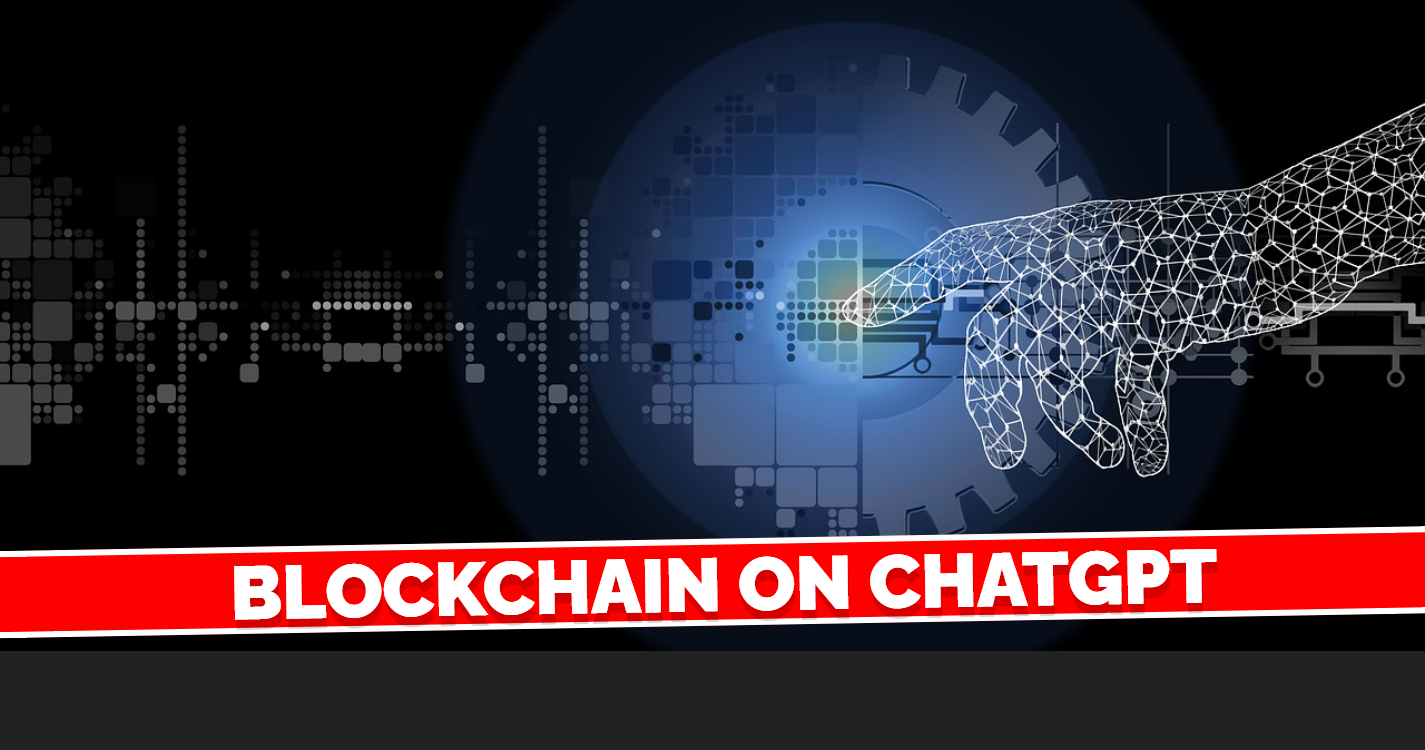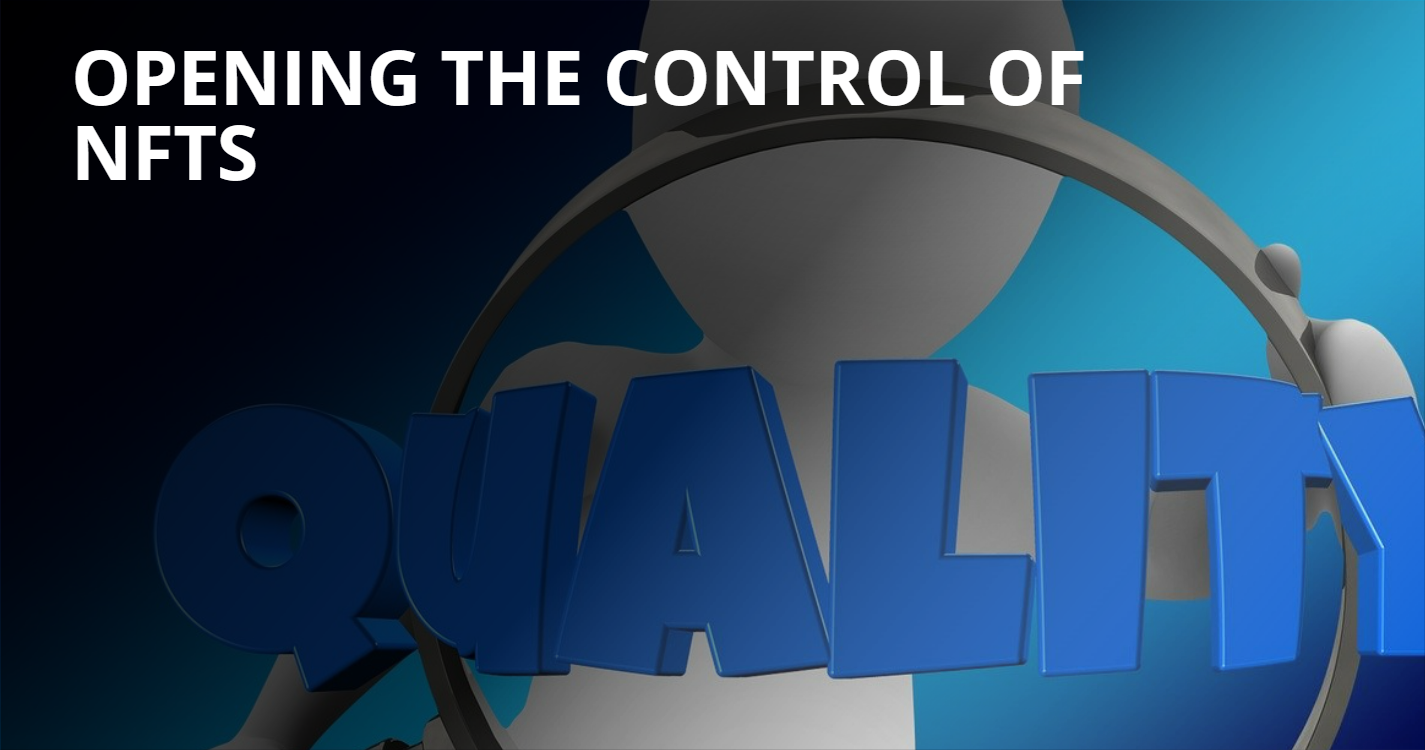Decentralized Back (DeFi) has developed as one of the most troublesome and transformative patterns in the blockchain biological system. Advertising an elective to conventional budgetary administrations by leveraging decentralized systems, DeFi has picked up critical energy, reshaping the way we think almost managing an account, loaning, exchanging, and contributing. In this article, we investigate the rise of DeFi, its key components, challenges, and the affect it’s having on the broader blockchain landscape.
Understanding Decentralized Fund (DeFi):
At its center, DeFi alludes to a suite of budgetary applications and conventions built on blockchain innovation that work without centralized mediators. These applications point to democratize get to to budgetary administrations, advertising clients more prominent control over their resources, lower costs, and expanded straightforwardness. Key components of DeFi include:
- Decentralized Trades (DEXs): DEXs empower clients to exchange cryptocurrencies and tokens straightforwardly with one another, without depending on centralized trades. By leveraging keen contracts and liquidity pools, DEXs give a trustless and censorship-resistant stage for exchanging advanced assets.
- Lending and Borrowing Stages: DeFi loaning and borrowing stages permit clients to loan out their cryptocurrencies and win intrigued or borrow resources against collateral. These stages utilize savvy contracts to mechanize loaning and borrowing forms, dispensing with the require for conventional budgetary mediators like banks.
- Stable coins: Stable coins are cryptocurrencies that are pegged to fiat monetary standards like the US dollar or other resources to keep up cost soundness. DeFi stages regularly utilize stable coins as a medium of trade and store of esteem, giving clients with soundness in the midst of the instability of the cryptocurrency market.
- Yield Cultivating and Liquidity Mining: Surrender cultivating and liquidity mining include clients giving liquidity to DeFi conventions in trade for rewards or tokens. By staking their resources in liquidity pools or taking part in administration forms, clients can win yields or motivations for contributing to the ecosystem.
The Affect of DeFi on the Blockchain Landscape:
DeFi has significantly affected the blockchain scene in a few ways:
- Financial Consideration: DeFi has the potential to democratize get to to money related administrations, especially in underserved locales where conventional keeping money foundation is missing. By empowering anybody with an web association to get to managing an account, loaning, and venture administrations, DeFi engages people who were already prohibited from the conventional monetary system.
- Disintermediation: DeFi conventions dispose of the require for mediators like banks, brokers, and clearinghouses, lessening dependence on centralized teach and bringing down exchange costs. This disintermediation cultivates more noteworthy money related sway and independence for clients, as they keep up control over their resources and transactions.
- Innovation and Experimentation: DeFi has gotten to be a hotbed of advancement and experimentation, driving the improvement of unused monetary items, administrations, and trade models. From decentralized subsidiaries and forecast markets to tokenized resources and computerized exchanging methodologies, DeFi is pushing the boundaries of what’s conceivable in finance.
Challenges Confronting DeFi:
Despite its fast development and potential, DeFi too faces a few challenges:
- Security Dangers: DeFi conventions are helpless to shrewd contract bugs, hacks, and abuses, driving to critical monetary misfortunes for clients. Guaranteeing the security and vigor of DeFi applications is vital to keeping up believe and validity in the ecosystem.
- Scalability: Versatility remains a challenge for DeFi stages, as they battle to handle expanding exchange volumes and blockage on the basic blockchain systems. Scaling arrangements like layer 2 conventions and sharding are being investigated to move forward throughput and diminish latency.
- Regulatory Instability: DeFi works in a administrative gray region, with controllers hooking to get it and control these novel monetary items and administrations. Administrative clarity is fundamental for the long-term supportability and standard selection of DeFi.
Conclusion:
Decentralized Back (DeFi) has risen as a capable drive reshaping the blockchain scene, advertising inventive arrangements to conventional money related administrations and engaging clients with more noteworthy control over their resources and exchanges. Whereas DeFi presents energizing openings for monetary incorporation, disintermediation, and advancement, it moreover faces challenges related to security, adaptability, and administrative vulnerability. In spite of these challenges, the fast development and advancement of DeFi flag a promising future for decentralized back as a transformative constrain in the worldwide economy.











Leave a Reply